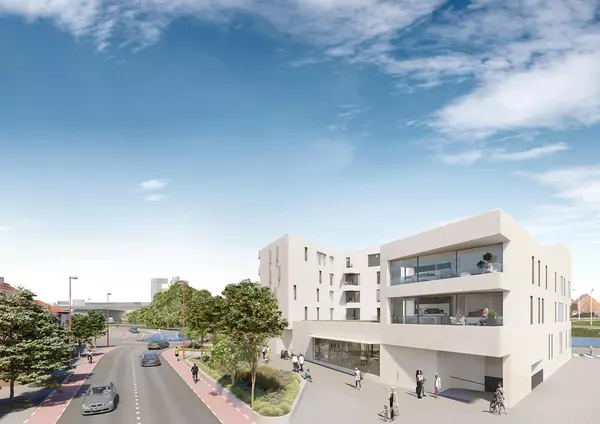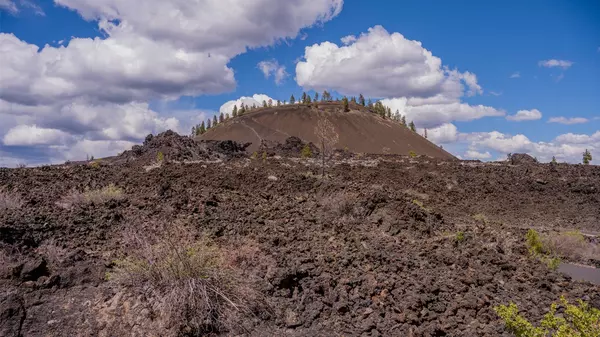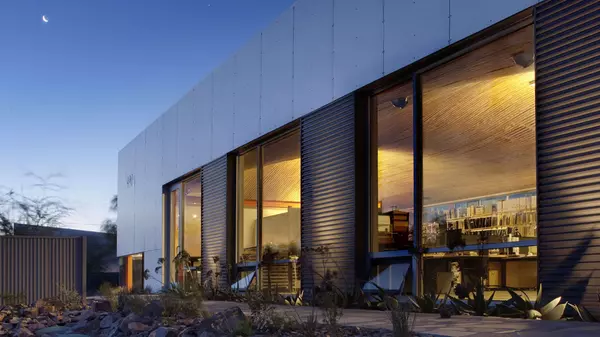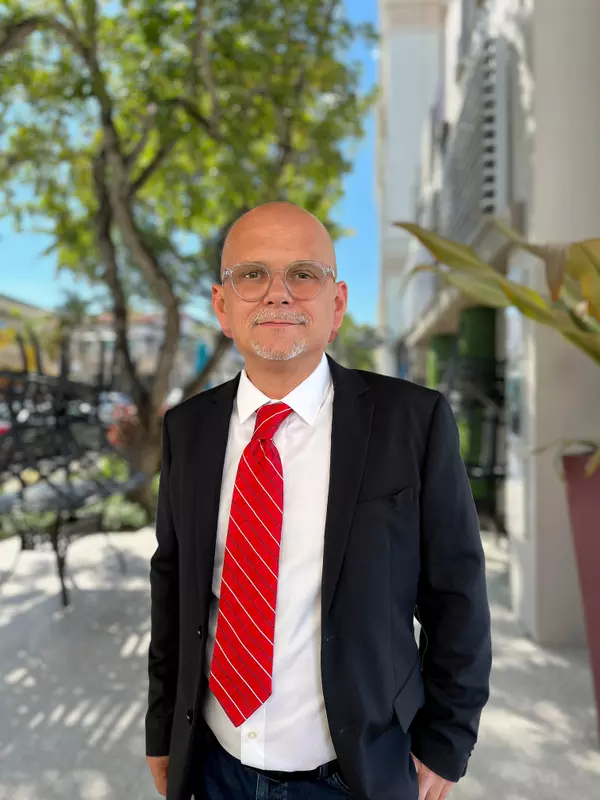‘We Bought a Private Island in Panama—and Now It Could be Yours’
Ever joke you’d like to run away and live on a deserted island somewhere? One couple did just that—snapping up a private island in Bocas del Toro, Panama, and turning it into their own oasis.
Now, they're ready to pass their tropical utopia on to adventurous new dreamers.
Canadian couple Virginie Lévesque and Eric Thériault originally met in the small town of Ojochal in Osa, Costa Rica, where Lévesque and her family moved when she was 15, and where Thériault was also living, though he eventually moved back to Canada.
They reconnected as adults in October 2019, and during one of their conversations, Thériault shared a longtime dream of moving to Bocas del Toro, Panama—especially on Popa Island.
"One day he asked me, 'If you had to live on a deserted island, what's the one thing you must absolutely have?' and I quickly realized he wasn't joking," says Lévesque.
"That question lit a spark."



In March 2020, Lévesque and Thériault traveled from their respective countries and met in Bocas del Toro for their self-titled "Island Hunt."
With the help of real estate agents and a few ship captains, they started searching for private island properties for sale.
While they agreed some of the places they viewed were beautiful, none felt quite right.
Then, they got lucky.
"On our very last day before heading back to our countries, sunburned and tired, our captain said he knew of a place the owner might sell," says Lévesque. "We almost said no, but thankfully we went."
Unlike other properties, this wasn’t just a piece of land attached to a larger island. It was a detached 2-acre private island surrounded by crystal-clear Caribbean waters.
"That felt magical, like a blank canvas waiting for us. We walked around, and ideas started flowing instantly,” says Lévesque. The water was spectacular—clear, shallow, and perfect for swimming, snorkeling, kayaking, and paddleboarding.
"We even imagined creating an underwater treasure hunt."
The moment they set foot on it, "it was love at first sight," adds Lévesque.
The couple did not want to disclose how much they paid for the private island, but it was "fair" and they "saw the value right away."
"It was about seizing the opportunity," say the couple.

It took years to get from dream to destination
However, the COVID-19 pandemic nearly upended their plans.
"Just as I crossed back to Costa Rica, COVID hit hard," says Lévesque. "Borders closed within hours, and we were suddenly separated for almost a year—he quarantined in Canada with friends, and I was in Costa Rica."
It wasn’t until November 2020 that Lévesque could travel to Canada, and by early 2021, they were finally living together.
They purchased the private island in July 2021 and started planning their move. That included importing treated wood and the tools they'd need from Canada, which was a massive job.
"Preparing the container took us three months of packing, and they told us it was the fullest container they had ever seen—we even had to get a special license to import the wood, which wasn’t simple, but we made it happen," says Lévesque. "Then we said goodbye to our families and started this new chapter."
However, when they arrived in Panama in October 2023, there was a massive national strike.
"Our container with all our belongings was delayed 45 days, and because we couldn’t live on the island without our supplies, we had to rent a house on the mainland for a whole year," says Lévesque.
In January 2025, the couple finally started to build.

"Eric is an excellent electrician and worked for big companies around the world. He also has a strong background in construction, which was invaluable when it came to designing and raising the house on stilts with nothing more than determination, sweat, and creativity," says Lévesque.
The couple permanently moved onto the island with little more than camping gear in April 2025, living a rustic existence for months while building their home.
"Camping was fun at first, but after a couple of weeks, it becomes less charming," admits Lévesque. They were also doing most of the work themselves: concrete, stilts, walls—it was all lifted and built by hand.
"Most of the time, it was just the two of us plus one, sometimes two, helpers."
That's not counting the work it took to get the components to the island.
"All materials and supplies had to come by boat," says Lévesque. "Weather, tides, and transport delays constantly challenged us, but persistence got us through."


Finally finished—home, sweet home
By the end of July 2025, Lévesque and Thériault were finally able to move into the unfinished structure.
A sweet two-person dwelling, their handmade island home includes a cozy open-concept living room and kitchen on the first floor, with a bathroom and a mechanical/laundry room tucked in the back. Above it all, a mezzanine opens into a huge bedroom overlooking the water.


"We designed the structure so that the mezzanine could easily be extended into a full second floor, making space for an additional bedroom and even a small office," says Lévesque.
Though they are still finessing the interior, all the main pieces are now in place.
The house is fully off-grid and runs on solar power. It is equipped with a rainwater catchment system, a septic system, and a generator.
"We also have a full-size refrigerator, washing machine, gas dryer, stove, and water heater—everything you need for comfortable living," says Lévesque.


An installed Starlink internet hookup helps keep the island connected to the rest of the world.
However, for actual trips off the island, they have a Princecraft luxury Tritoon pontoon boat. The couple purchased the vessel in Canada and meticulously disassembled it for shipment in the container to Panama. They reassembled it on the island.
"Looking back, it’s been about four years from purchase to finally living in the home we built with our own hands," says Lévesque.



Ready to step into a different future
Now that their home is finally complete, the couple need to part with it due to health issues and other new priorities.
So, they've listed their fantasy island for sale.
"When we first started, we imagined our kids would visit often, but with their busy lives, jobs, and children of their own, we realized it’s not so easy for them to come here," says Lévesque.
"That made us shift perspective—instead of asking them to come to us, we want the freedom to go to them and to help when they need us, to travel more, and to spend time together wherever they are."
But the couple are being very intentional about whom they'll sell to. It's not just available to the highest bidder—they won't even divulge the asking price unless a buyer is serious.
Anyone interested in owning the island must first supply information about what kind of project they plan to implement on the island, as well as include an idea for an environmental study they'll institute.
They have shared on their listing site initial costs for the concession of the island, which can run up to $12,000. However, the couple claim the island can be developed further for a private or rental home, or even bungalows—as long as Panama is provided with an environmental impact study.
"We envisioned a collection of floating bungalows where guests could watch dolphins at sunset and snorkel right off their deck," says Lévesque.
She adds that what excites them most is knowing that whoever buys it next will write their own chapter—whether that’s enjoying it as a private retreat, expanding the house into a family escape, or creating a boutique eco-resort.
"For us, the island represents more than land. It’s about possibility, freedom, and living a life most people only daydream about."
While passing the island to new owners will allow Lévesque and Thériault to focus on their next chapter, they said they'll take with them many lessons from this experience, including that happiness doesn’t come from having more—it comes from needing less.
"We learned that we can live simply, work with our own hands, and still feel richer than ever," says Lévesque.
They are proud to have accomplished their dream of building an island home themselves.
"We know very few people could have done what we did, and that’s our personal reward. We now feel we can take on anything, anywhere," says Lévesque. "Building a home on an island with little more than determination showed us resilience, patience, and the joy of creating something from nothing."
Categories
Recent Posts










GET MORE INFORMATION

Stevan Stanisic
Real Estate Advisor | License ID: SL3518131
Real Estate Advisor License ID: SL3518131
